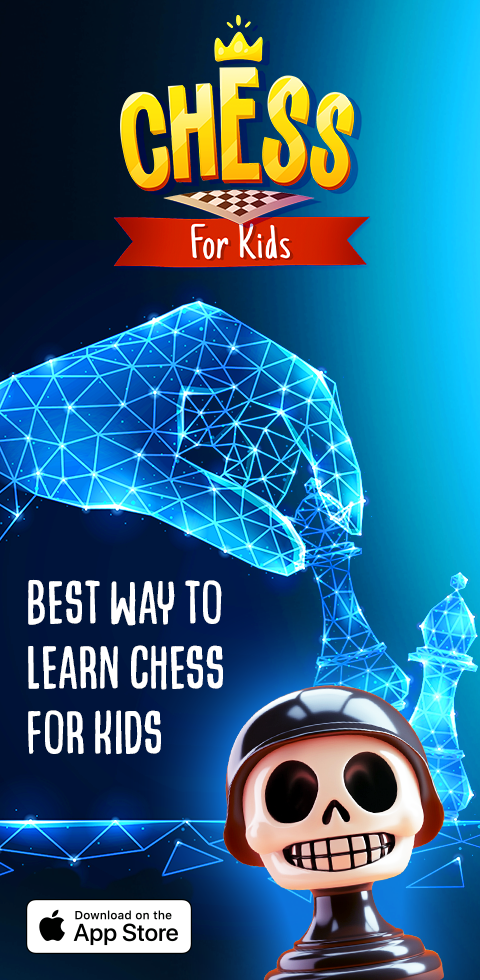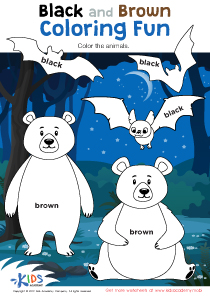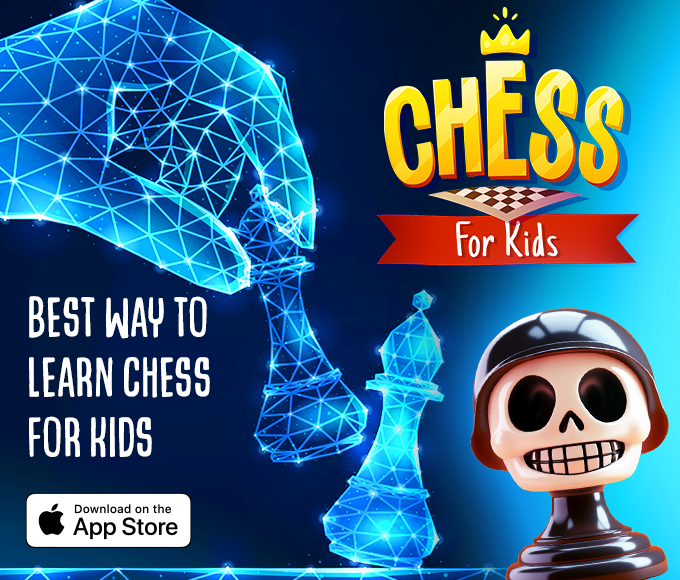Vocabulary Enrichment Grade 1 English for Beginners Worksheets
6 filtered results
-
From - To
Boost your child's language skills with our "Vocabulary Enrichment Grade 1 English for Beginners Worksheets." Specifically designed for young learners, these engaging worksheets help children expand their vocabulary through fun activities. You'll find a variety of exercises, including word associations, matching games, and fill-in-the-blanks, all tailored to promote language comprehension and usage. Perfect for ESL students and beginners, our resources foster a love for language while enhancing communication skills. Encourage your child’s confidence in using new words in everyday situations. Explore our user-friendly worksheets today and watch your first grader thrive in their English learning journey!
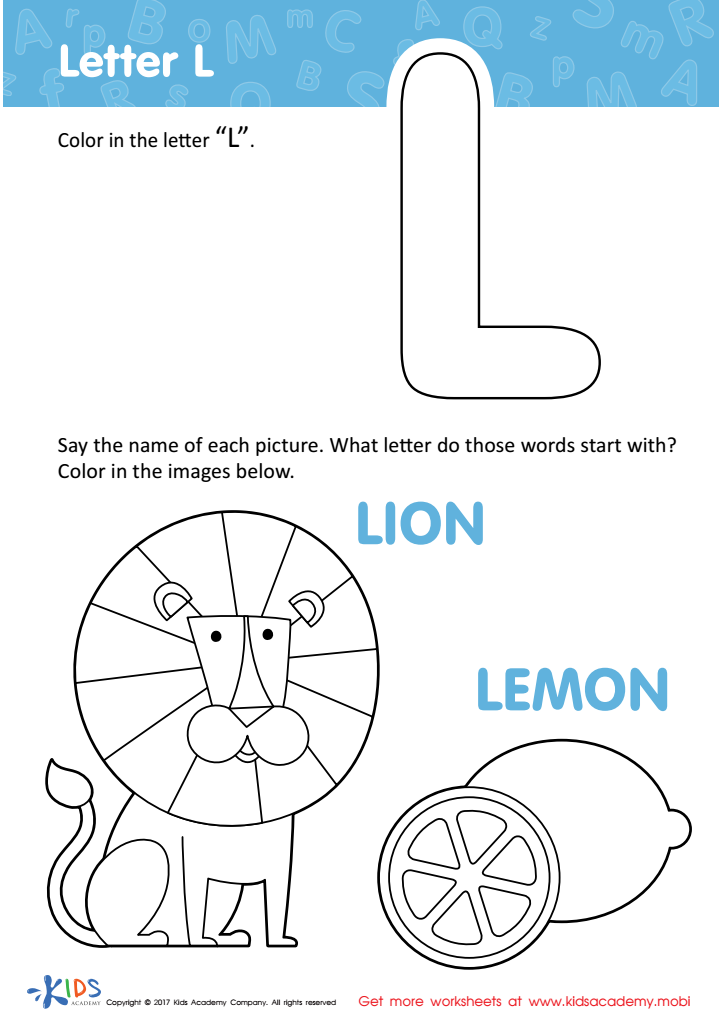

Letter L Coloring Sheet
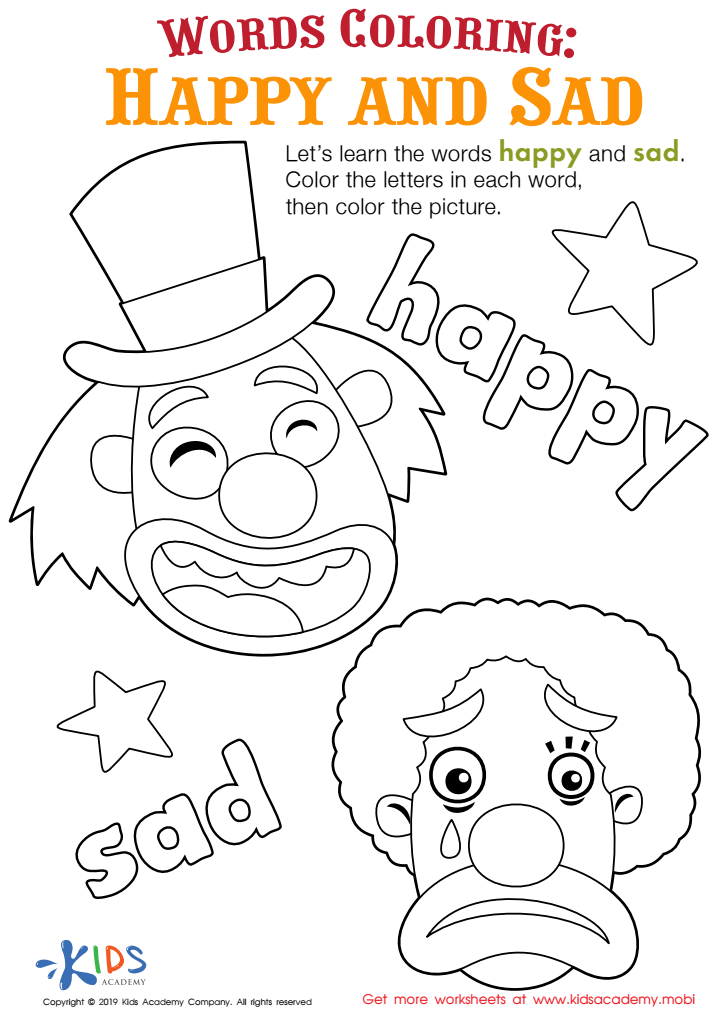

Happy and Sad Words Coloring Worksheet
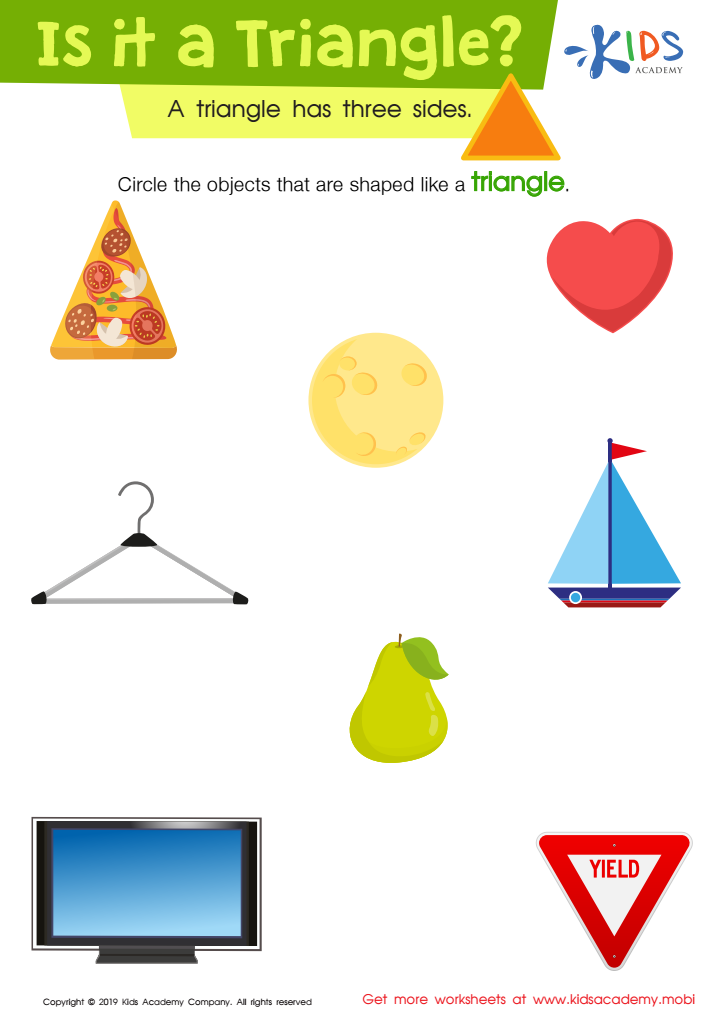

Is It a Triangle? Worksheet
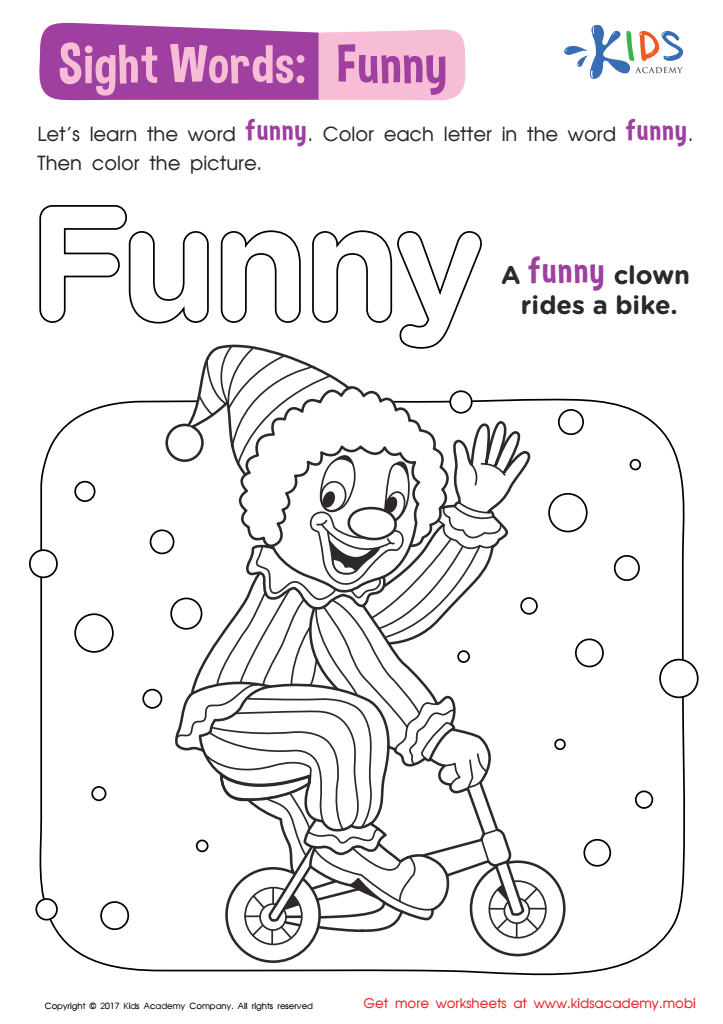

Funny Worksheet Sight Words Worksheet
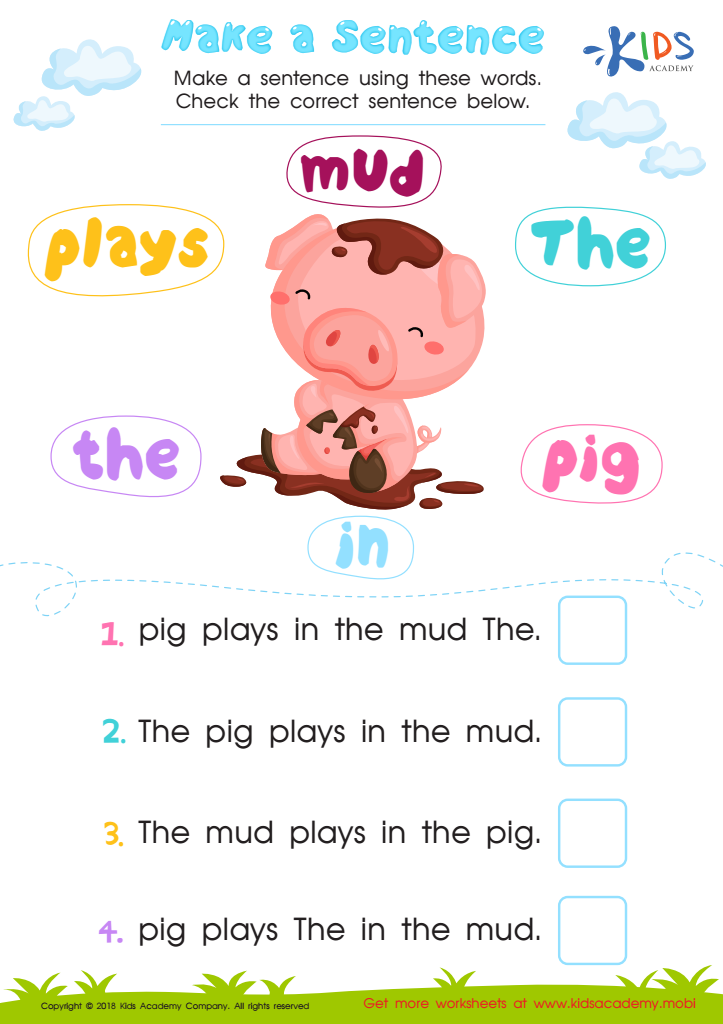

Assessment: Make a Sentence Worksheet
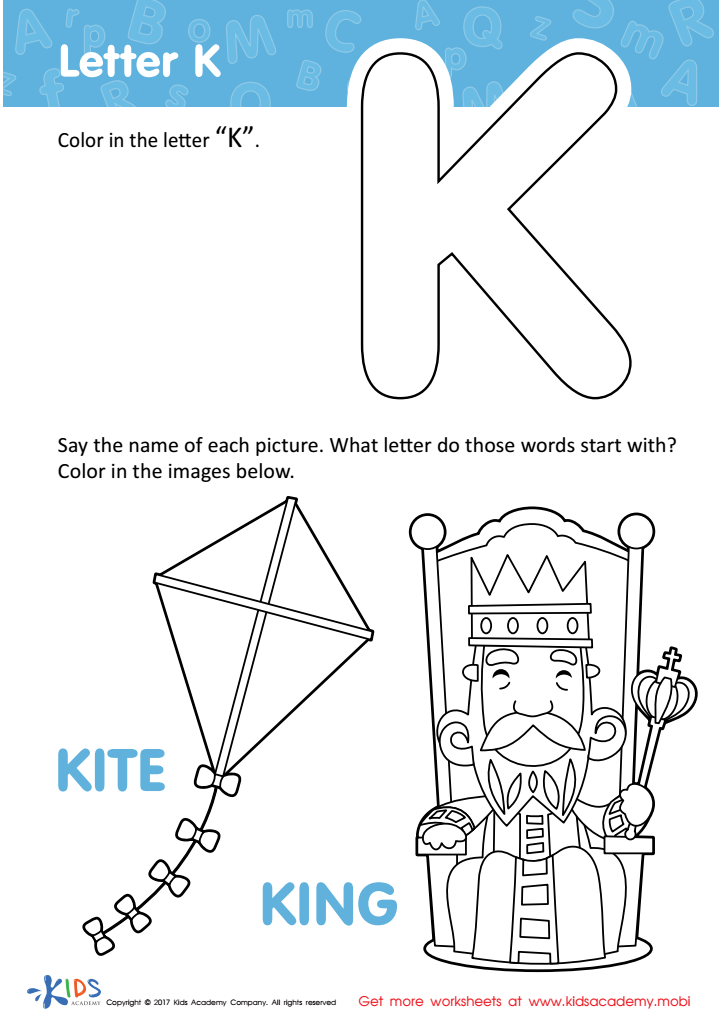

Letter K Coloring Sheet
Vocabulary enrichment in Grade 1 is essential for both parents and teachers because it lays the foundation for a child's communication skills and academic success. At this stage, children are beginning to develop literacy skills that will significantly influence their ability to comprehend and express ideas throughout their education.
A robust vocabulary helps children understand and engage with the world around them. When they encounter new books, conversations, or lessons, having a rich vocabulary enables them to grasp concepts more effectively and articulate their thoughts better. Without the necessary vocabulary, children may struggle with reading comprehension, which can lead to frustration and disengagement from learning.
Furthermore, teachers and parents play a crucial role in fostering a language-rich environment. Engaging children in discussions, reading aloud, and introducing new words in everyday contexts enriches their language experience. When children feel confident in their vocabulary, they are more likely to participate actively in discussions, fostering both social skills and academic achievement.
Ultimately, investing in vocabulary enrichment by creating stimulating language experiences helps children not only excel in their current grade but also equips them with lifelong skills critical for their future learning and interactions.
 Assign to My Students
Assign to My Students

